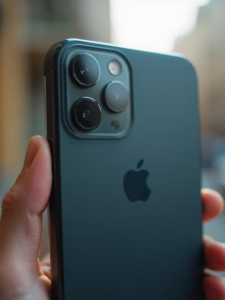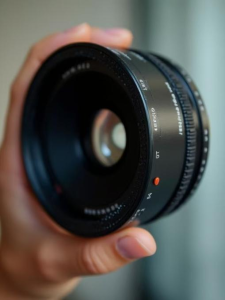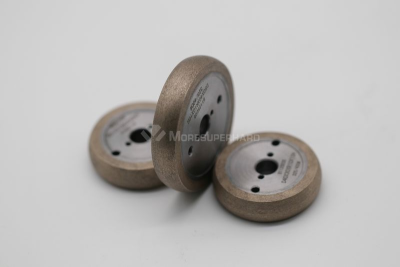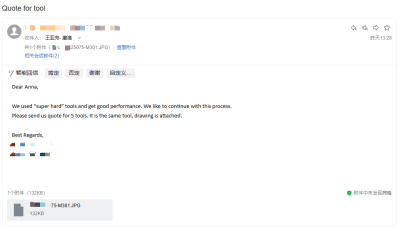14
Aug
Sapphire glass is essentially artificially synthesized single-crystal aluminum oxide (Al2O3). It has excellent optical, thermal, dielectric and mechanical properties, making it widely used in fields such as LED, consumer electronics, scientific research, medical devices, aerospace. In addition, the Mohs hardness of sapphire glass is as high as level 9. To process this “hard-core” material, a strong partner is needed- Metal diamond grinding wheels. So, how do they work together harmoniously?


✔The contradiction between hardness and brittleness: The hardness is close to diamond, but the brittleness is high. It is very easy to produce micro cracks or edge collapse during processing, and all efforts will be wasted if you are not careful.
✔High precision requirements and low efficiency dilemma: Optical grade products require nanometer level smoothness, while traditional grinding requires dozens of hours of cyclic polishing, which is time-consuming and labor-intensive.
✔High temperature sensitivity and tool wear: The thermal conductivity is poor, and the heat generated during processing is difficult to dissipate, which may cause deformation or damage.

Metal diamond grinding wheels use diamond particles as cutting edges, embedded in metal binder, and have high hardness and toughness. During processing, the grinding wheel rotates at high speed, and the diamond particles continuously grind the sapphire like “micro cutting knives”. By precisely controlling the rotation speed and feed rate, we can ensure efficiency while avoiding material fragmentation. The metal substrate is as stable as a rock, ensuring that the grinding wheel does not deform under high pressure, allowing processing accuracy to reach micrometer level.

Its unique advantage is:
✔High-efficiency cutting: Diamond hardness crushes sapphire, which can efficiently remove materials, reduce abrasive wear and extend the service life.
✔Stability of the metal matrix: The high-toughness metal binder firmly holds the diamond, preventing chipping and reducing the risk of cracks.
✔Precision control accuracy: By optimizing the distribution of abrasive particles and the formulation binder, it is possible to achieve micrometer level cutting and reduce surface damage.
✔Cost optimization: The wear resistance far exceeds traditional grinding wheels, reducing replacement frequency and lowering processing costs.

A sapphire glass manufacturer,“We used “super hard” tools and get good performance. We like to continue with this process. Please send us quote for 5 tools. It is the same tool, drawing is attached.”——Customer Mr. D.
With the explosive growth in fields such as 5G communication and optical instruments, the demand for sapphire glass continues to rise. Metal diamond grinding wheels are gradually becoming a standard in the industry due to their irreplaceable performance advantages. Every rotation of the grinding wheel tells the story of how humans use their intelligence to tame the hardest substances. The electronic devices in our hands and the aerospace wonders in our eyes are engraved with this industrial romance that transcends the Mohs hardness level.







